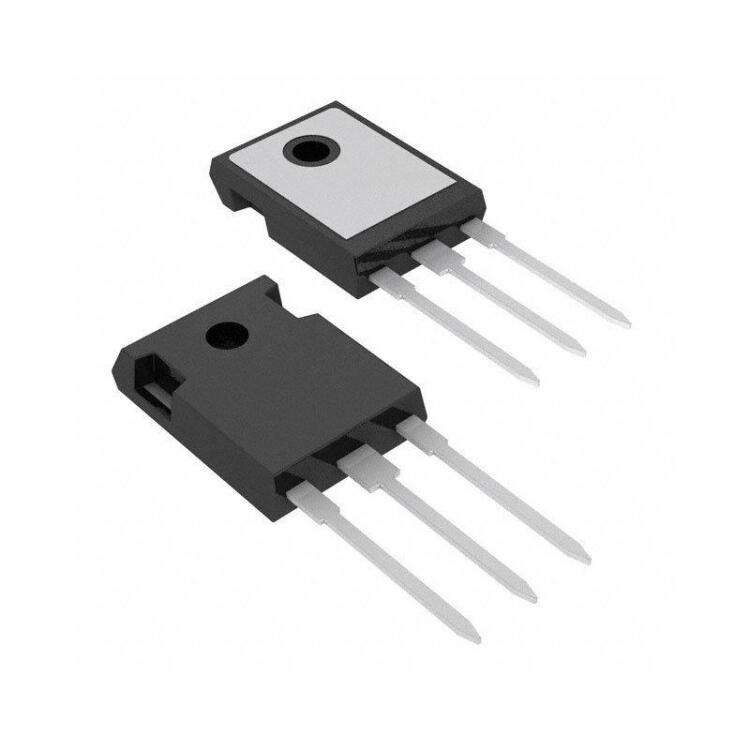Imagine a bunch of tiny superheroes living inside your body, they are micro and nanorobots. They're not out to save the world, they're out to save your health! These robots are like a bunch of tiny couriers, except instead of delivering packages, they deliver medicine or information. They can pinpoint where your ailments are and act like a navigation system to get you out of those diseases that are causing you pain. They can also act like a bunch of tiny detectives, helping you detect abnormalities inside your body. They can sniff out cellular “odours” to help you detect potential diseases, such as cancer.

Moreover, these micro- and nanorobots can perform surgery just like a doctor. They can remove tumours or other lesions with scalpel-like precision through precise navigation and positioning techniques. Of course, these robots will also require some training and breaking in. Just like you need to learn how to use your new smartphone, your body needs to learn how to work with these tiny superheroes.
Making micro and nanorobots is like putting together a Lego puzzle, except that the "Lego blocks" used are very, very small, so small that they are invisible to the naked eye. Scientists use some super high-end equipment, a small piece of metal, a bit of plastic, a drop of biological molecules, like Lego assembly, and then give them a good design program, these micro-nanorobots can start "work". The movement of micro-nanobots is even more amazing. They do not run on legs or fly on wings, but rely on chemical reactions, light fields, magnetic fields, ultrasound or microbial "command". For example, if the micro-nanobots are equipped with a small "battery", which is loaded with a kind of chemical substance that will "burn" when it encounters certain substances, it will be like a small boat, following the reaction of the "current" along the way. water current" all the way forward.
In a nutshell, micro and nanorobots are a bunch of tiny little guys assembled from super tiny "Legos" that are powered by various "energy sources" to "travel" around your body and help you maintain your health. to help you maintain your health. Although we've used some lofty scientific terms to describe them, imagine them as a bunch of tiny, super-powered miniature heroes.

For starters, they can deliver goods as accurately as a postman. The drugs, genes, proteins, or cells they carry are like "cargo" in a package that is safely and accurately delivered to the body's "address" - the target site. For example, some micro- and nanorobots are like letter carriers with "insulin parcels", which are delivered to diabetic mice through ultrasound, so that their "sweet house" can be repaired. The "sweet house" in diabetic mice is repaired by ultrasound. There are also robots, like mailmen with "thrombin packages", that quickly arrive at the scene of bleeding and release "hemostatic agents" through environmental "triggers" to help stop the bleeding.

Secondly, micro- and nanorobots can also operate like doctors. They are like miniature surgeons, using tiny "scalpels" to cut, suture, sample or implant tissues. For example, some micro and nanorobots are like doctors with "tiny tweezers" that can manipulate the eyeballs in fine detail by controlling them with magnetic fields. Others, like doctors with "nanosurgical knives", can precisely destroy tumour cells by controlling light fields.
All in all, micro and nanorobots are like a bunch of tiny letter carriers and doctors, and they play an important role in biomedicine. Although we use some lofty scientific terms to describe their work, isn't it fun to imagine them as a bunch of tiny, super-powered micro-heroes?





